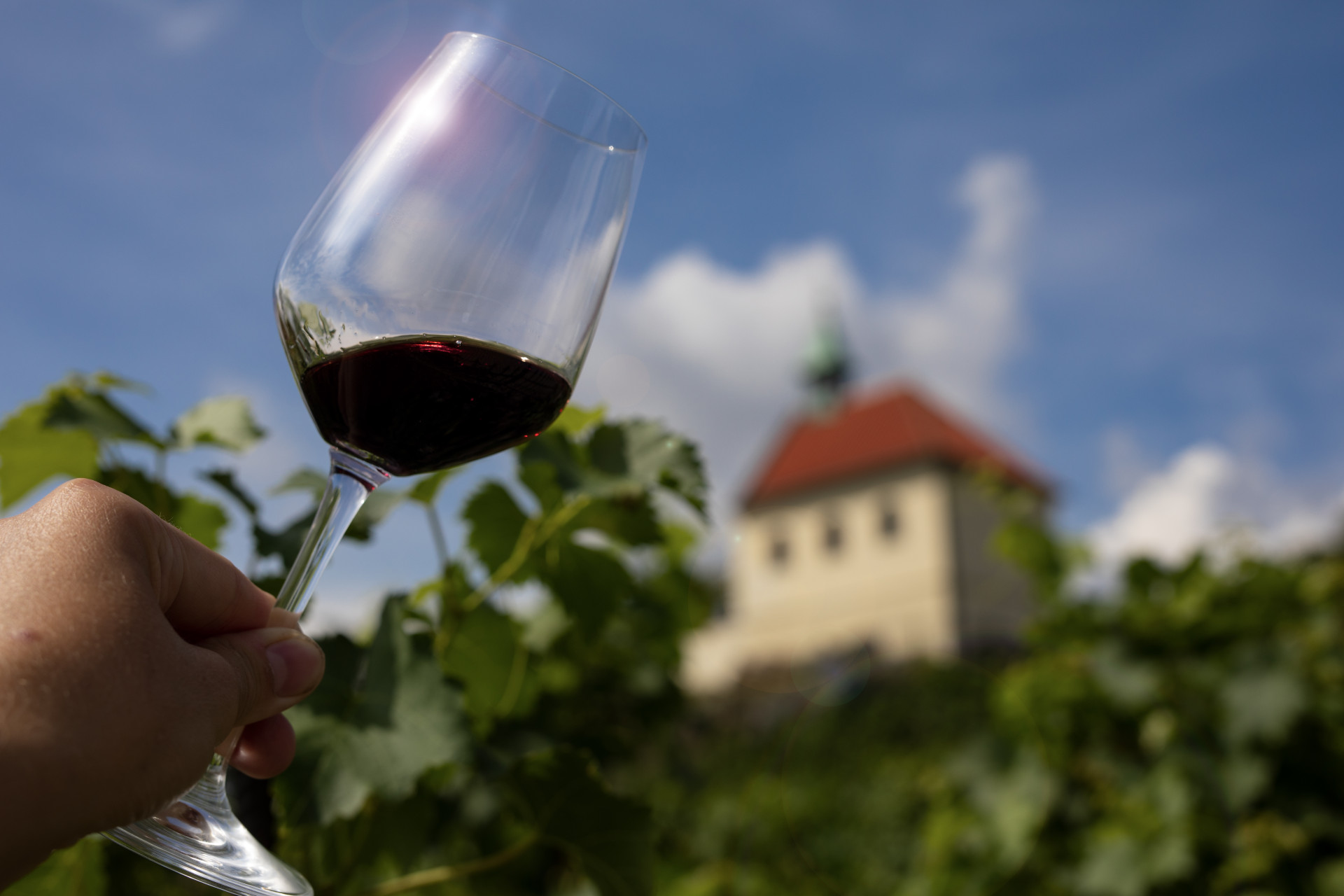
There's no need to travel to South Moravia for good wine. Viticulture has a historical tradition in Prague, and the area of Prague 8 and its surroundings used to be one of the most utilized regions for growing grapevines. The local southern slopes along the river have always been ideal for vineyards. Vineyards and estates appeared here as early as the first half of the 13th century. The flourishing of vineyards around Prague and the Prague Castle area occurred during the reign of Charles IV, who, on February 16, 1358, issued a decree for the establishment of vineyards—every suitable southern slope was planted with grapevines.
Prague's viticulture peaked during Rudolf II's reign when the city was rightfully called the "City of Wine." Charles IV, during his stay in France, developed a taste for Pinot Noir, and he had most of the vineyards around Prague Castle planted with this very variety. This choice was no surprise, as Pinot Noir is exceptional, thrives on the southern slopes of Prague, and is highly versatile. It remains the dominant grape variety at the St. Clare Vineyard in the Troja Botanical Garden.
Pinot Noir is an ancient, mid-late ripening wine grape variety, likely originating from Burgundy, where the ancient Romans may have cultivated it. It is traditionally used to produce red and rosé wines, but it is also favored for producing still and sparkling white wines from dark grapes, known as Blanc de Noirs. Pinot Noir ripens well, has a high wood fertility, and the yield per vine is very good. This variety is relatively resistant to pests. The best conditions for its cultivation are gentle, southern, sloped plots with plenty of sunlight—almost exactly matching the description of the slopes along the Vltava River in the areas of Prague 8, 7, and 9, where many estates and vineyards were once located.
In addition to Troja, which currently boasts several production vineyards—St. Clare Vineyard, Salabka, Jabloňka, and the new Zilvar Winery—the vineyards continued along the river through Libeň towards Prosek. Many of the estates with significant vineyards disappeared due to urban expansion. Noteworthy are the vineyards that once existed in the Bulovka area, now occupied by a hospital complex—the Bulovka, Malá, and Velká Vačeška, and Rokoska vineyards, which vanished in the first quarter of the 20th century due to the construction of the hospital. On the other side, vineyards extended towards the Draháň – Troja Nature Park, particularly in the "V Zámcích" area, where remnants of wild-growing grapevines can still be found.